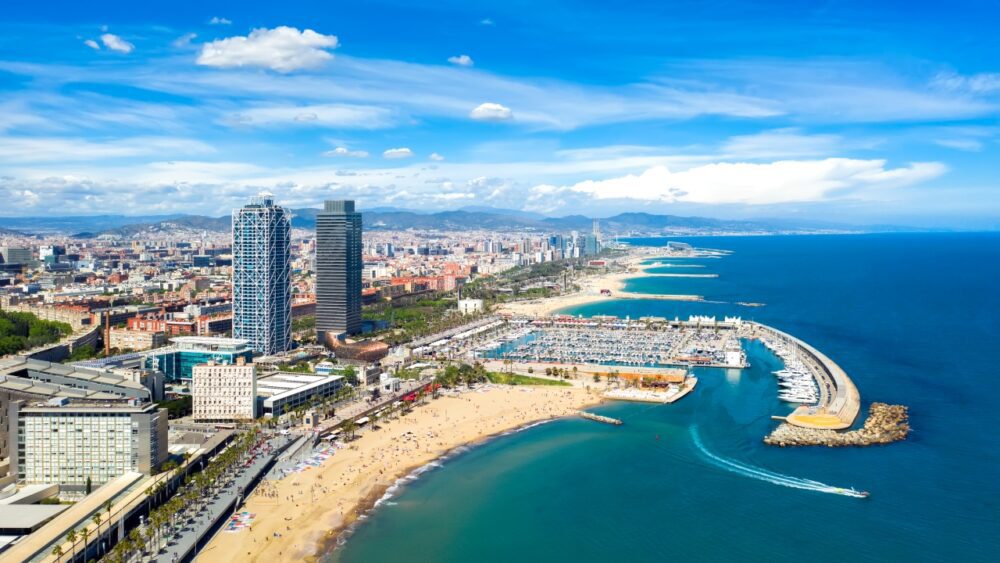
Is Barcelona worth visiting? Without question! The first time I wandered through Barcelona, I was instantly hooked. From the whimsical curves of Gaudí’s architecture to the lively buzz of Las Ramblas, the city has an almost magical ability to captivate you. Whether I was marvelling at the iconic Sagrada Família, enjoying tapas by the beach, or getting lost in the Gothic Quarter’s narrow streets, Barcelona felt like a city where every corner tells a story.
As one of Spain’s most beloved destinations, Barcelona offers the perfect mix of culture, history, and Mediterranean vibes. It’s famous for its incredible architecture, particularly the masterpieces of Antoni Gaudí, like Park Güell and Casa Batlló. But there’s more to Barcelona than just its buildings—the city is also home to stunning beaches, vibrant nightlife, world-class cuisine, and a passionate local culture. Whether you’re a foodie, a history buff, or someone who loves the energy of a bustling city, Barcelona has something for everyone.
But is Barcelona worth visiting for you? In this blog post, we’ll uncover the top 10 reasons why Barcelona should be on your travel list, from its breathtaking landmarks to its lively neighbourhoods. Plus, we’ll share travel tips to help you make the most of your time in this vibrant Spanish city. Keep reading to find out why Barcelona might just become your new favourite destination.
Table of Contents
Pros – Reasons You Should Visit Barcelona
1. Stunning Architecture Unlike Anywhere Else in the World
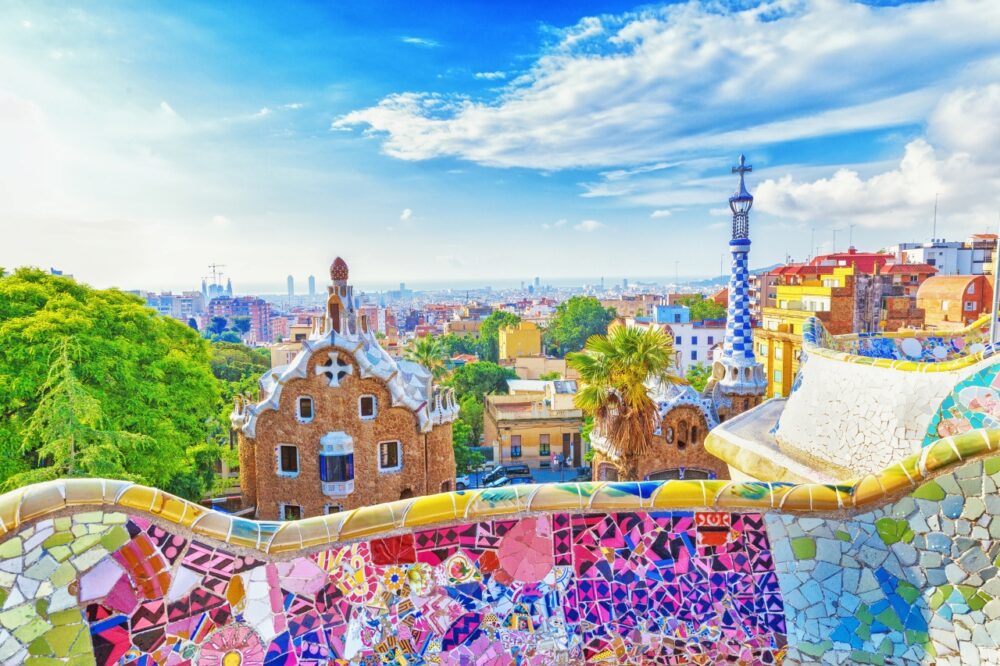
Barcelona is a city where architecture isn’t just a backdrop—it’s a main attraction. Antoni Gaudí’s surreal, colorful, and organic designs make the city feel like something out of a dream, with landmarks such as the Sagrada Família, Park Güell, and Casa Batlló standing out as some of the most unique buildings in the world. But even beyond Gaudí, the Gothic Quarter’s medieval buildings, the grand avenues of Eixample, and the sleek modern designs along the coastline make Barcelona an architectural wonder.
When I visited the Sagrada Família, I was completely in awe. The intricate façade looked like a masterpiece carved by nature itself, and stepping inside was even more breathtaking. The stained-glass windows filled the space with an almost otherworldly light, changing throughout the day. Park Güell felt like wandering through a fantasy world, with its colorful mosaics, curving pathways, and whimsical structures. Even if you know nothing about architecture, Barcelona’s buildings alone make the city a must-visit.
2. A Perfect Blend of City and Beach Life
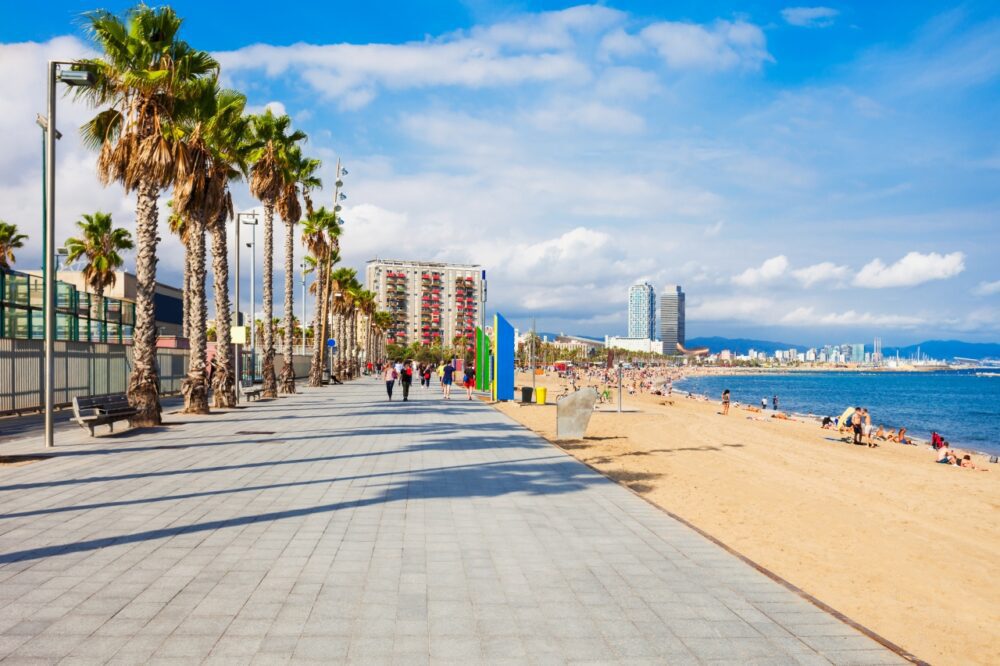
Few cities in the world can offer both the energy of an exciting metropolis and the relaxation of a Mediterranean beach, but Barcelona manages to do both effortlessly. The city’s location right on the coast means you can spend your morning exploring historic neighborhoods and your afternoon sunbathing on golden sands.
I loved how easy it was to go from sightseeing to lounging by the sea. Barceloneta Beach, just a short walk from the city center, was buzzing with people playing volleyball, sipping drinks at beachfront bars, and taking in the sun. The further you go from the main beach, the quieter and more local the vibe gets. I found a peaceful stretch near Bogatell Beach where I could sit back and watch the waves with hardly any crowds around. It’s rare to find a city where you can have both cultural immersion and coastal relaxation in the same day.
3. A Food Scene That Will Leave You Wanting More
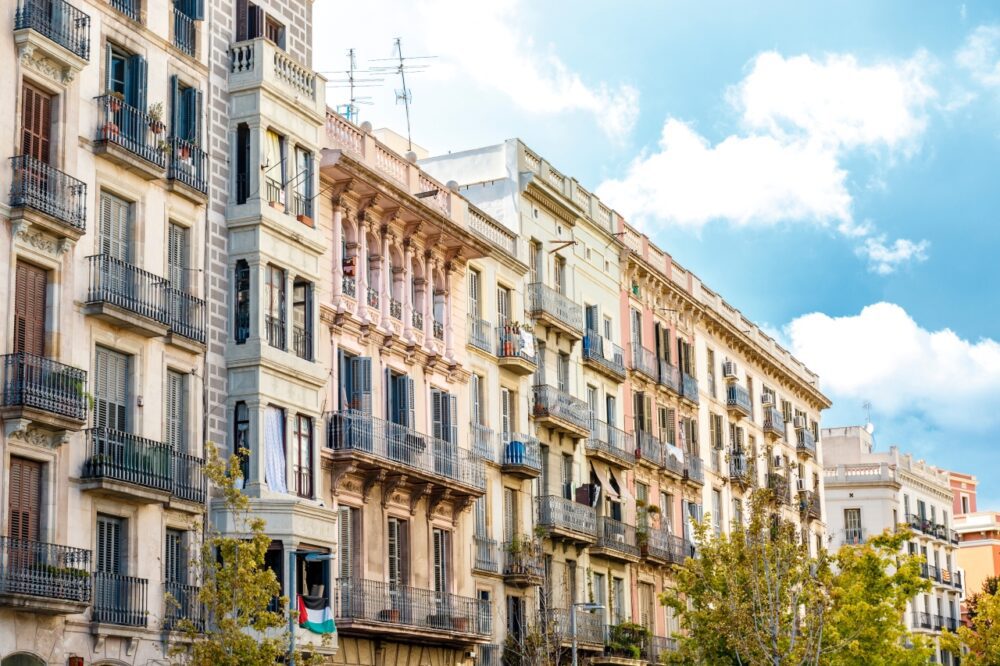
Barcelona is a dream destination for food lovers, offering everything from traditional Catalan cuisine to Michelin-starred fine dining. Tapas culture is alive and well here, with small plates of patatas bravas, jamón ibérico, and grilled seafood found in every neighborhood. The city is also known for its markets, with La Boqueria being the most famous, filled with fresh produce, meats, seafood, and delicious street food.
One of my favorite food experiences was hopping between different tapas bars in El Born. I started with a plate of pan con tomate (crusty bread rubbed with ripe tomatoes, garlic, and olive oil), then moved on to a sizzling plate of gambas al ajillo (garlic shrimp) at another spot. Later, I had a seafood paella near the beach, with fresh mussels and prawns cooked to perfection. Every meal felt like an event, and the variety of flavors made it impossible to get bored with the food.
4. A Laid-Back Mediterranean Vibe
Despite being a major European city, Barcelona has a relaxed, easygoing atmosphere that sets it apart from places like London or Paris. The pace of life here is slower, with long lunches, late dinners, and an emphasis on enjoying the moment. The concept of “mañana” (doing things at a leisurely pace) is real, and locals take their time when it comes to socializing, eating, and even working.
I loved sitting at a café in Plaça Reial, sipping on a cortado and people-watching for what felt like hours. No one rushed me, and the atmosphere felt warm and inviting. Even in the busiest parts of the city, you never get the feeling that people are in a hurry. This slower pace made my time in Barcelona feel like a true escape from the usual stresses of everyday life.
5. A City Rich in History That Can Be Seen Everywhere
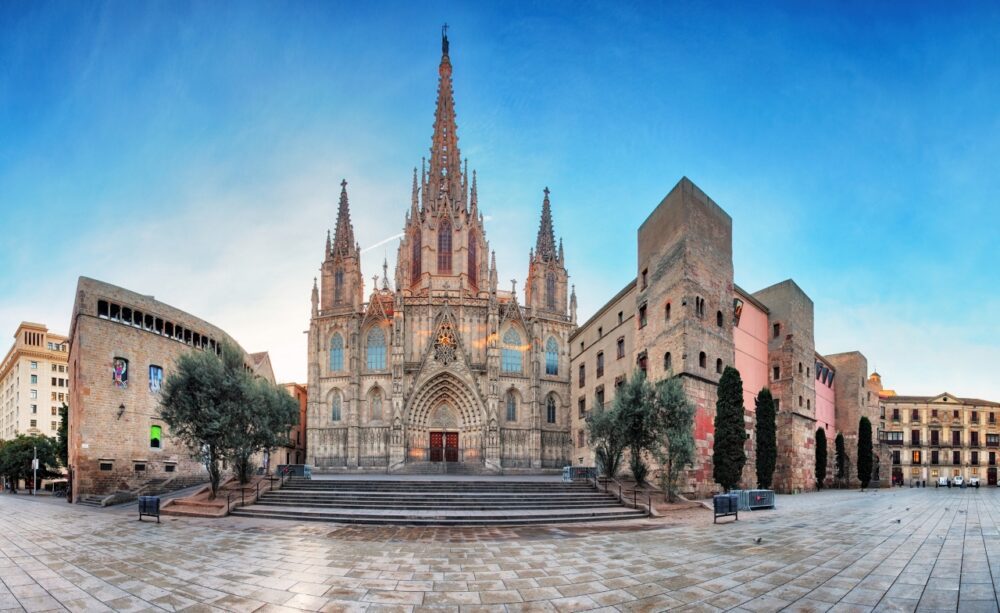
Barcelona has over 2,000 years of history, and you can see its past reflected in its streets, buildings, and culture. The Gothic Quarter (Barri Gòtic) is a maze of medieval alleyways, hidden courtyards, and centuries-old churches that transport you back in time. The city also has remnants of Roman walls and an underground museum that preserves ancient ruins beneath modern streets.
I was amazed at how history blends seamlessly with the present in Barcelona. One moment I was walking through the lively, modern Plaça de Catalunya, and the next I was wandering down narrow, cobbled streets that felt like they belonged in the Middle Ages. I even stumbled upon a quiet courtyard where musicians were playing traditional Catalan songs, adding to the magical atmosphere. For history lovers, Barcelona is an open-air museum.
6. A Legendary Football Culture
Barcelona is home to one of the most famous football clubs in the world—FC Barcelona. The passion for the sport here is unmatched, and even if you’re not a die-hard fan, catching a game at Camp Nou (or the new stadium when completed) is an unforgettable experience.
I took a tour of Camp Nou, and even without a live match, the atmosphere was incredible. Walking through the player’s tunnel and standing on the field where legends like Messi and Ronaldinho played gave me goosebumps. On match days, the entire city comes alive, with bars packed with fans cheering for Barça. If you love football—or just want to experience the excitement of a city that lives and breathes the sport—Barcelona is the place to be.
7. Incredible Art and Museums
Barcelona has a deep artistic heritage, having been home to some of the world’s greatest artists, including Pablo Picasso and Joan Miró. The city’s museums and galleries celebrate this legacy, with the Picasso Museum, the Joan Miró Foundation, and the National Art Museum of Catalonia offering incredible collections.
I spent a whole afternoon at the Picasso Museum, which is housed in a beautiful medieval building in El Born. The exhibits took me through Picasso’s early works and showed how his style evolved over time. Even if you’re not typically an art enthusiast, the museums in Barcelona are engaging and accessible, making them worth a visit.
8. A Fantastic Public Transport System
Barcelona is one of the easiest cities in Europe to navigate, thanks to its efficient public transport. The metro system is clean, reliable, and well-connected, making it easy to get from one attraction to another. Buses and trams also provide great options, and taxis and ride-sharing services are readily available.
I bought a multi-day metro pass, which saved me both time and money. The stations were easy to navigate, and I never had to wait long for a train. Even better, Barcelona is a very walkable city, so I often just wandered from one neighborhood to another, discovering hidden gems along the way.
9. A Lively Nightlife That Lasts Until Morning
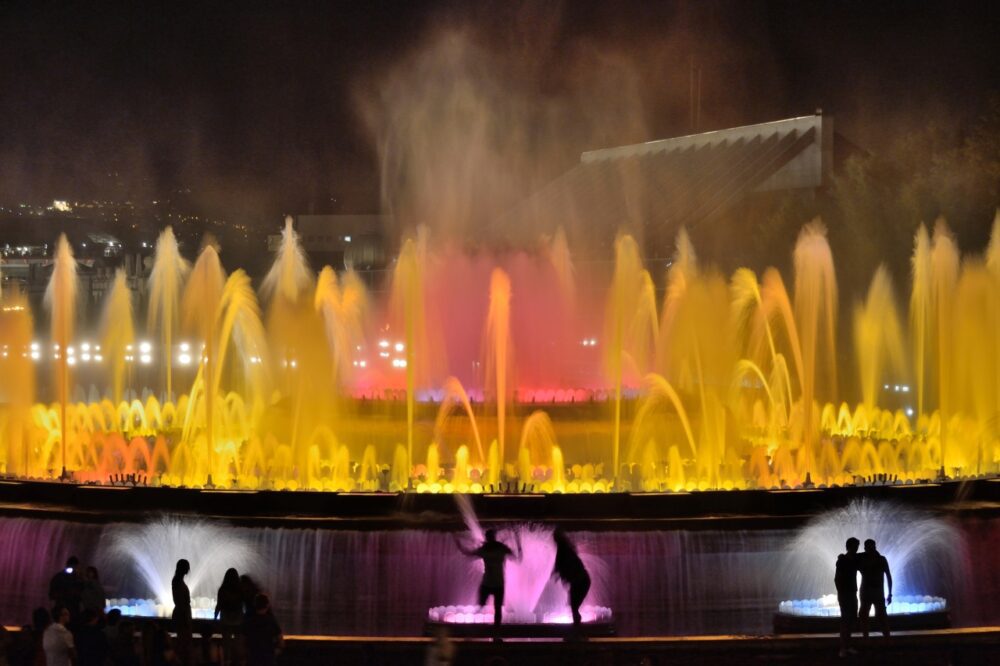
Barcelona has a nightlife scene that rivals the best in Europe, with everything from rooftop cocktail bars and underground jazz clubs to massive beachfront nightclubs. Unlike in many cities, nights in Barcelona start late, with most locals heading out around midnight and partying until sunrise.
One of my best nights was at a small bar in El Raval, where live flamenco music had the whole room mesmerized. Later, I ended up at a club near the beach, where people danced under the stars until dawn. Whether you prefer relaxed drinks with friends or all-night parties, Barcelona’s nightlife delivers.
10. A City That’s Easy to Fall in Love With
There’s something about Barcelona that makes people want to come back—or never leave. The combination of rich culture, beautiful beaches, incredible food, and a relaxed way of life makes it one of the most captivating cities in the world.
I met several people who came for a short visit and ended up staying long-term. The city has a way of making you feel at home, whether it’s through its welcoming locals, its artistic energy, or its stunning views. No matter how long you stay, you’ll always find something new to love about Barcelona.
Cons – Things to Consider When Visiting Barcelona
1. Tourist Crowds Can Be Overwhelming, Especially in Peak Season
Barcelona is one of the most visited cities in the world, attracting millions of tourists each year. While this popularity is well-deserved, it also means that the city’s most famous attractions can feel overcrowded, particularly during the peak summer months. Sites like the Sagrada Família, Park Güell, and La Rambla are packed with visitors, making it difficult to fully enjoy them without long lines and crowded spaces.
I visited Park Güell on a summer afternoon, expecting to take a peaceful stroll through Gaudí’s colorful mosaic structures. Instead, I found myself navigating through a sea of people trying to take selfies in the same spots. Even the Sagrada Família, which is massive, had long queues and large tour groups that made it harder to take in the beauty of the place. If you want a more relaxed experience, visiting during the off-season (November to March) or arriving early in the morning can help you avoid the biggest crowds.
2. Pickpocketing is a Problem in Busy Tourist Areas
Like many major European cities, Barcelona has a reputation for pickpocketing, particularly in high-traffic areas such as La Rambla, the metro, and crowded tourist attractions. While violent crime is rare, petty theft is common, and tourists who aren’t careful can easily become targets.
A friend of mine had their phone taken while walking through the Gothic Quarter at night. The narrow streets were packed, and in the confusion of the crowd, they didn’t even notice until it was too late. I made sure to keep my bag zipped and close to me at all times, and I avoided putting anything valuable in my back pocket. Staying alert and using common sense—like carrying a crossbody bag or a money belt—can help minimize the risk, but it’s something every visitor should be aware of.
3. The Cost of Accommodation and Dining Can Be High
While Barcelona isn’t as expensive as cities like London or Paris, it is still one of the pricier destinations in Spain, particularly when it comes to accommodation. Hotels and Airbnb rentals in central areas such as the Gothic Quarter, El Born, and near the beach can be costly, especially during peak tourist season. Dining in popular areas can also be expensive, with some restaurants charging high prices for basic meals.
I stayed in a small hotel near Plaça de Catalunya, and while it was comfortable, it was far more expensive than I expected for a mid-range option. I also made the mistake of eating at a restaurant along La Rambla, where I was charged nearly double the price for tapas compared to similar dishes in a less touristy neighborhood. If you want to save money, staying in areas like Gràcia or Poblenou and eating at local spots away from major tourist streets can help you stick to a budget.
4. The Weather Can Be Extremely Hot and Humid in Summer
Barcelona’s Mediterranean climate means mild winters, but summers can be hot, humid, and sometimes uncomfortable, particularly in July and August when temperatures often reach 90°F (32°C) or higher. The humidity makes it feel even hotter, and air conditioning isn’t always a given in older buildings, making sightseeing during the day exhausting.
I visited in August, and even just walking through the city felt like a workout. The metro stations were warm, and some restaurants only had fans instead of air conditioning. By midday, I found myself seeking shade in parks or ducking into air-conditioned shops just to cool down. If you don’t handle heat well, visiting in the spring or fall is a much more pleasant experience.
5. Locals Have Mixed Feelings About Tourism
While Barcelona thrives on tourism, not all locals are happy about the overwhelming number of visitors the city receives each year. Over-tourism has led to rising rent prices, crowded public spaces, and a shift in some neighborhoods from local businesses to tourist-oriented shops and restaurants. In certain areas, you might see graffiti or signs reading “Tourists Go Home,” reflecting frustration among residents.
I noticed this particularly in parts of El Born and Barceloneta, where there were more souvenir shops than traditional local businesses. A bartender I chatted with mentioned how many long-time residents have been pushed out due to rising housing costs caused by short-term rentals. While most locals are still friendly and welcoming, being respectful—by avoiding excessive noise at night, supporting local businesses, and steering clear of the most tourist-saturated areas—goes a long way in keeping a positive atmosphere.
When to Visit Barcelona
The best times to visit Barcelona are spring (April to June) and autumn (September to October). The weather is warm but not stifling, and attractions like Park Güell and the Sagrada Família are far less crowded than in peak summer. Summer (July to August) draws hordes of visitors, with beach life in full swing, but temperatures soar and prices peak. Winters are mild and quiet, ideal for exploring Barcelona’s stunning architecture and cosy tapas bars without the crowds.
How to Get to Barcelona
Barcelona’s main airport, Josep Tarradellas Barcelona-El Prat Airport (BCN), is just 13 kilometres from the city centre and well-served by airlines like Vueling, Ryanair, and major carriers such as Iberia. From the airport, the Aerobus shuttle or Metro Line L9 offers quick and affordable transport into the city. Alternatively, RENFE suburban trains connect to central stations like Sants in around 25 minutes. Taxis and ride-hailing apps like Bolt are convenient but pricier options. If arriving from other parts of Spain, the AVE high-speed train is a fantastic way to travel comfortably and efficiently.
Where to Stay in Barcelona
Barcelona’s diverse neighbourhoods offer a range of accommodations to suit all budgets:
- Luxury: Eixample – Perfect for stunning architecture and central convenience. Stay at Mandarin Oriental Barcelona, known for its opulence, or Hotel Casa Fuster, a modernist masterpiece with premium service.
- Mid-range: Gothic Quarter or El Born – Great for history, charm, and tapas. Try Hotel Barcelona Catedral, offering comfort in a prime location, or Yurbban Trafalgar Hotel, which boasts a rooftop pool.
- Budget: Gràcia or Poble Sec – Affordable but full of local character. Consider Hostel One Ramblas for a sociable stay or Casa Gracia, a boutique-style budget option near Park Güell.
Getting Around Barcelona
Barcelona’s TMB public transport system includes a reliable metro, buses, and trams, making it easy to navigate the city. Single tickets are available, but multi-day passes like the Hola BCN card offer unlimited travel and great value. For eco-friendly exploration, Bicing, the city’s bike-sharing system, is perfect for pedalling along the Barceloneta seafront or through the wide boulevards of Eixample. Walking remains the best way to explore neighbourhoods like the Gothic Quarter or El Born, while taxis and ride-hailing apps are useful for late-night journeys or trips with luggage.
How Long to Spend in Barcelona
Three to four days is perfect for experiencing Barcelona’s highlights, including Gaudí’s masterpieces like the Sagrada Família and Casa Batlló, the vibrant La Rambla, and the historic Barri Gòtic. This allows time to relax on Barceloneta Beach, explore Montjuïc Hill, and sample Catalan cuisine in markets like La Boqueria. With an extra day, consider a trip to nearby Montserrat or the beautiful beaches of Sitges. Barcelona’s mix of culture, architecture, and Mediterranean flair ensures a visit that’s as dynamic as it is unforgettable.
Conclusion
So, is Barcelona worth visiting? Absolutely! With its stunning Gaudí architecture, sunny beaches, and vibrant cultural scene, Barcelona offers an unforgettable experience. Highlights like the Sagrada Família, Park Güell, and the Gothic Quarter make it a visual feast, while its tapas bars, local markets, and lively atmosphere keep you entertained at every turn. While it can get crowded in peak season, the city’s energy and beauty are well worth it. If you’re ready to explore one of Spain’s most exciting cities, start planning your trip to Barcelona today—you’ll never want to leave!
